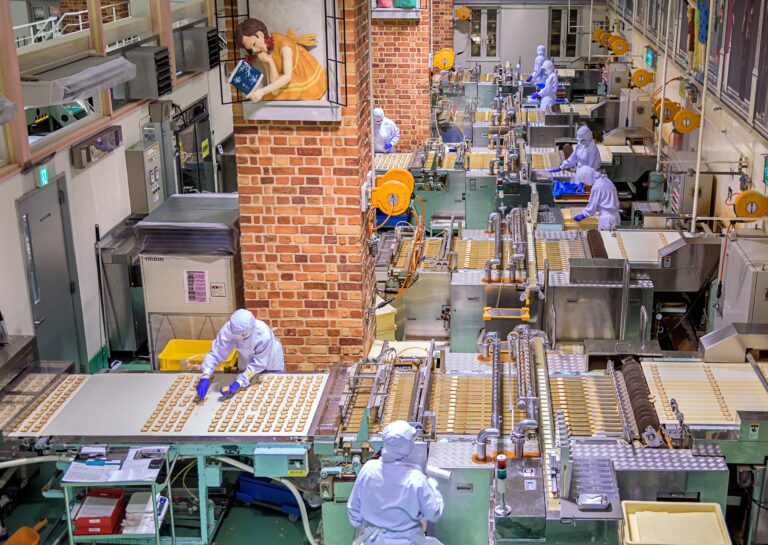Since 2018, FDA has allowed for FSMA Preventive Controls exemptions for qualified facilities through the submission of an attestation of qualification. With the exemptions applying to both human and animal foods facilities and the form being relatively easy to complete, FDA has strongly encouraged facilities to go through Qualified Facility Attestation, but has seen a lack of companies doing so.
Why have so few facilities taken advantage of this program? What benefits does it provide? And how does a facility apply?
The lack of participation has baffled the FDA, so we can only guess that facilities that would be qualified see the attestation as more complicated than beneficial. But with FDA’s current scrutiny of FSMA compliance – which we fully expect to increase as we move further into 2022, it is advantageous for potentially qualified facilities to take another look at the program and for all human and animal food facilities to reassess their overall FSMA readiness and compliance.
In the simplest of terms, a qualified facility is generally a business that, because of its very small size, is required to meet only modified requirements under FSMA. So, the first aspect of the program is determining your status as a qualified facility, for which you must meet one of the following criteria during the preceding three calendar years:
- You are defined as a very small business averaging less than $1.0 million per year/human food or $2.5 million per year/animal food (adjusted for inflation) in sales of human/animal food plus the market value of human/animal food manufactured, processed, packed, or held without sale; or
- Your average annual monetary value of food manufactured, processed, packed, or held at your facility that was sold directly to qualified end-users exceeded the average annual monetary value of the food sold by your facility to all other purchasers, and the average annual monetary value of all food sold during the preceding three calendar years was less than $500,000 (adjusted for inflation).
If your facility meets either of these qualifications, you will need to maintain records to document your determination, submit an attestation form to FDA on which you indicate the criteria under which you qualify, and determine and document that status annually by July 1. While this may take some record review to determine eligibility, it is the easier aspect of the program.
It is the second step that may be holding up some facilities. In essence, it is simple enough, as on the surface, it is a matter of checking a box on the form to attest that your facility either:
- Has identified potential hazards associated with the food being produced, are implementing preventive controls to address the hazards, and are monitoring the performance of the preventive controls to ensure that such controls are effective; or
- Is in compliance with state, local, county, tribal, or other applicable non-federal food safety law, including relevant laws and regulations of foreign countries, based on licenses, inspection reports, certificates, permits, credentials, certification by an appropriate agency (such as a state department of agriculture), or other evidence of oversight.
If you are able to check box b, it stays fairly simple. But in checking box a, you are affirming that you have essentially fulfilled the primary requirements of the preventive controls rule, with the notable exception of not having to have a written Food Safety Plan. However, if FDA does come knocking at your door, or if you become involved in a recall or have any food safety issue, you can bet that the inspector will want to see some sort of documentation that you have done what you attested; that you are implementing preventive controls to effectively address hazards associated with your food. As explained in an FDA Key Facts About Preventive Controls document, a hazard analysis involves the identification of any known or reasonably foreseeable (i.e., potential) biological, chemical, and physical hazards, and the determination as to whether any of those hazards require a preventive control. If the hazard analysis identifies a hazard that requires a preventive control, you are then to develop and implement a control to significantly minimize or prevent the hazard.
While qualified facilities are also not subject to the supply-chain program or written recall plan requirements of the preventive controls rule, all food facilities will benefit from having at least a basic program for both to help ensure the safety of the supplies coming into your facility and your readiness should a recall be required.
As we discussed in a November 2021 Insights article, having a poor or inadequate hazard analysis and no or misidentified preventive controls were two of the top reasons for FDA-issued 483s. The article went on to further explain steps to conducting a hazard analysis to determine and set preventive controls. While it can be a complicated process, it not only enables your facility to be in compliance with FDA regulations, but it is also a significant factor in ensuring the food safety of your products. If you need assistance with this, or any other FSMA compliance, give TAG a call. Our experts are knowledgeable and experienced in all facets of FDA (and USDA) regulation.






